Have you ever wondered if your marketing efforts are working as hard as they could be to drive conversions?
Your old way of doing things may have worked for a while. But, the effectiveness of your marketing is only good while it lasts. Shoppers’ behaviors and preferences are always changing, meaning you need to change too. It’s nearly impossible to develop an effective campaign and grow your customer base without knowing which marketing approaches are contributing to your success. So, how can you easily figure this all out? A/B testing is your answer.
- Increasing your average order value
- Reducing guest checkouts
- Increasing customer advocacy
Increase your average order value
Why you need this A/B test
Attracting new customers is expensive. Some reports estimate that acquiring one new customer costs five times more than retaining an existing one. This is why exploring options that encourage existing customers to spend more on every order is cost-effective long-term.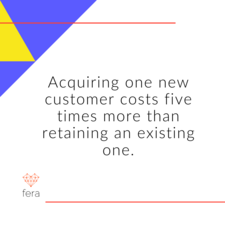
What’s the A/B test?
We’ve found that the average basket size of a customer who uses loyalty perks alongside their purchase is 39% higher than a customer who doesn’t – proof that a loyalty program can play a key part in boosting AOV. With rewards on the horizon, customers are motivated to spend more to unlock them.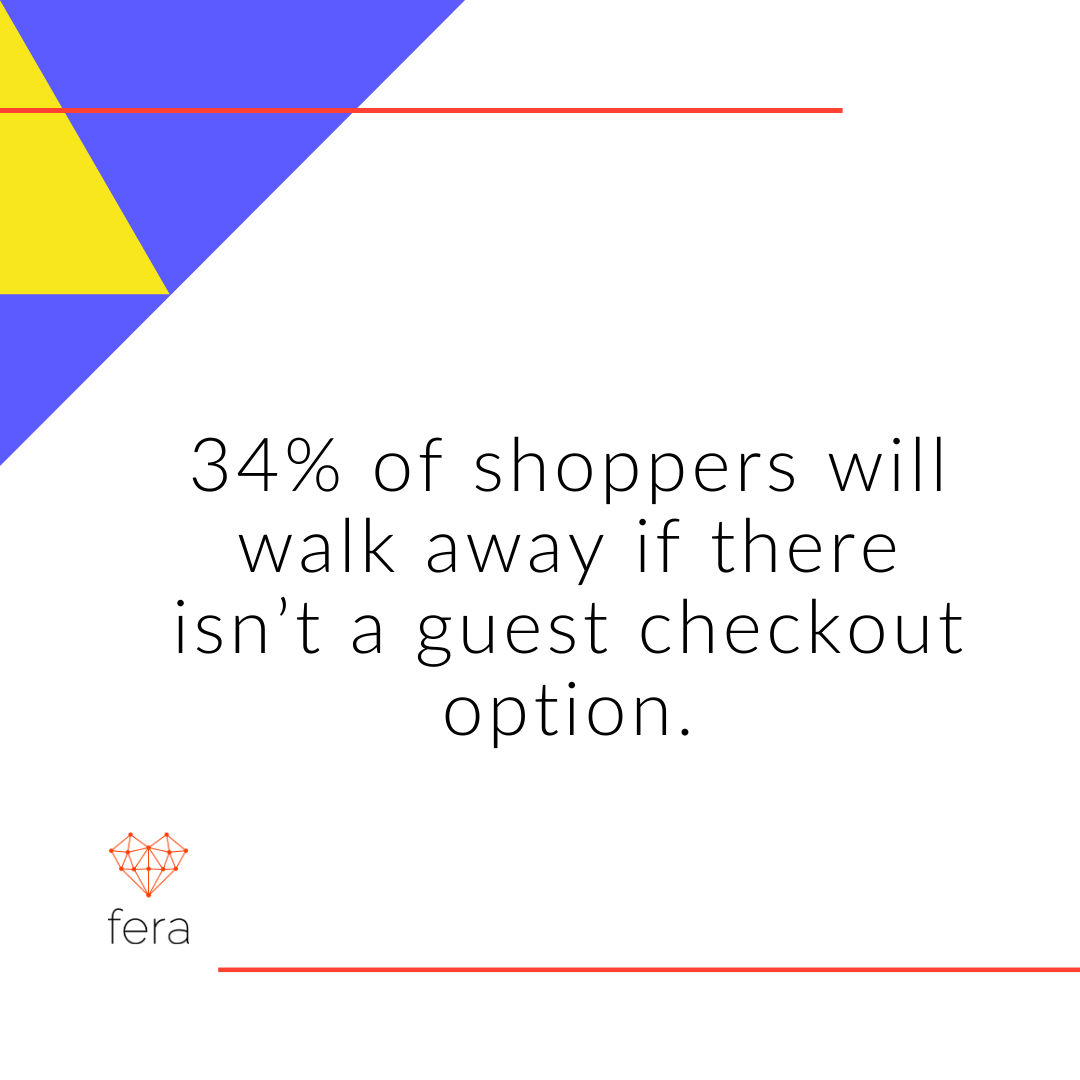

Reduce guest checkouts
Why you need this A/B test
Phantom customers and guest checkouts may feel like a normal part of ecommerce. In fact, 34% of shoppers will walk away if there isn’t a guest checkout option. But a customer who hasn’t created an account is one you can’t re-engage or build long-term relationships with later. To encourage your first-time buyers to create an account, you need to give them something worth signing up for.What’s the A/B test?
You can display pop-ups on-site that show different loyalty program benefits to browsing customers. By showing perks that they’ll value long-term, they’ll be inspired to sign up. When A/B testing this approach, try mixing up the membership benefits you display. 77% of customers said they would sign up for a loyalty program if the benefits were clearly communicated, so try variations of direct messages to find what works best. As a contrast, the other pop-up in the test could go for a more tempting approach. The copy could be minimalist to increase curiosity or reactive responses. Something like, “Come on, take a peek”. Haircare brand Arctic Fox uses a pop-up to show new customers that they’ll get 400 loyalty points if they spend $40. This clearly shows the customer the added value they’ll get as a member.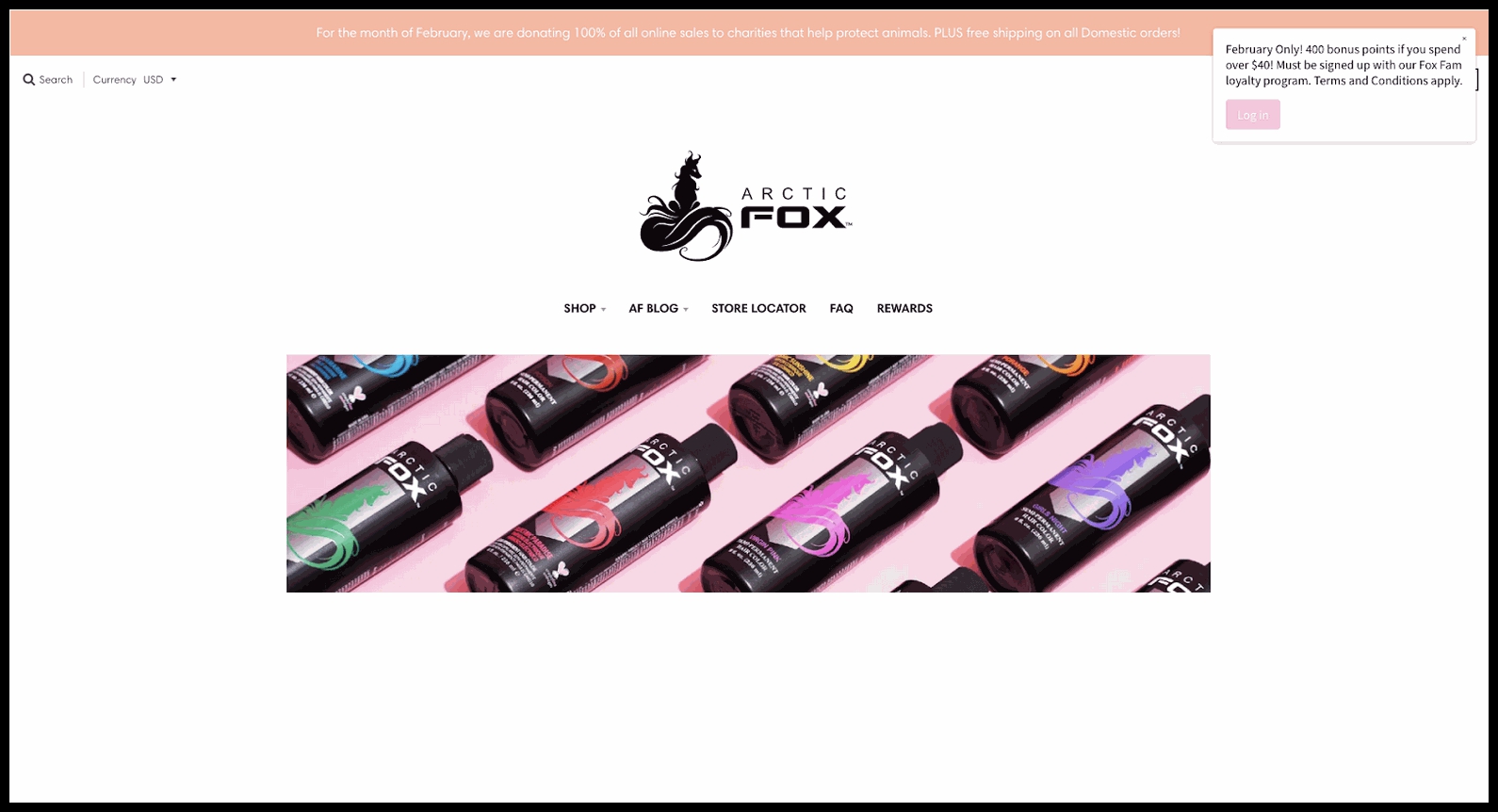
Increase customer advocacy
Why you need this A/B test
Customers acquired through referrals spend 200% more than regular customers. They immediately trust your brand because of their friend’s recommendation. To encourage more referrals, use your existing customers as micro-influencers by rewarding them every time they recommend a friend. Chances are, they already know and love your brand. And, because they’ve bought from you once, they probably know others that will appreciate your products.What’s the A/B test?
Just after purchase is the perfect moment to encourage a referral. Your brilliant brand experience is fresh in your customer’s mind, ready to be shared with their best friend. In your post-purchase emails, try testing if including referral information increases advocacy. You could include a snippet that lets the customer know they’ll earn points if they send others your way. Then, check back to see if the registration button gets a significant number of clicks, or if it’s falling on deaf ears.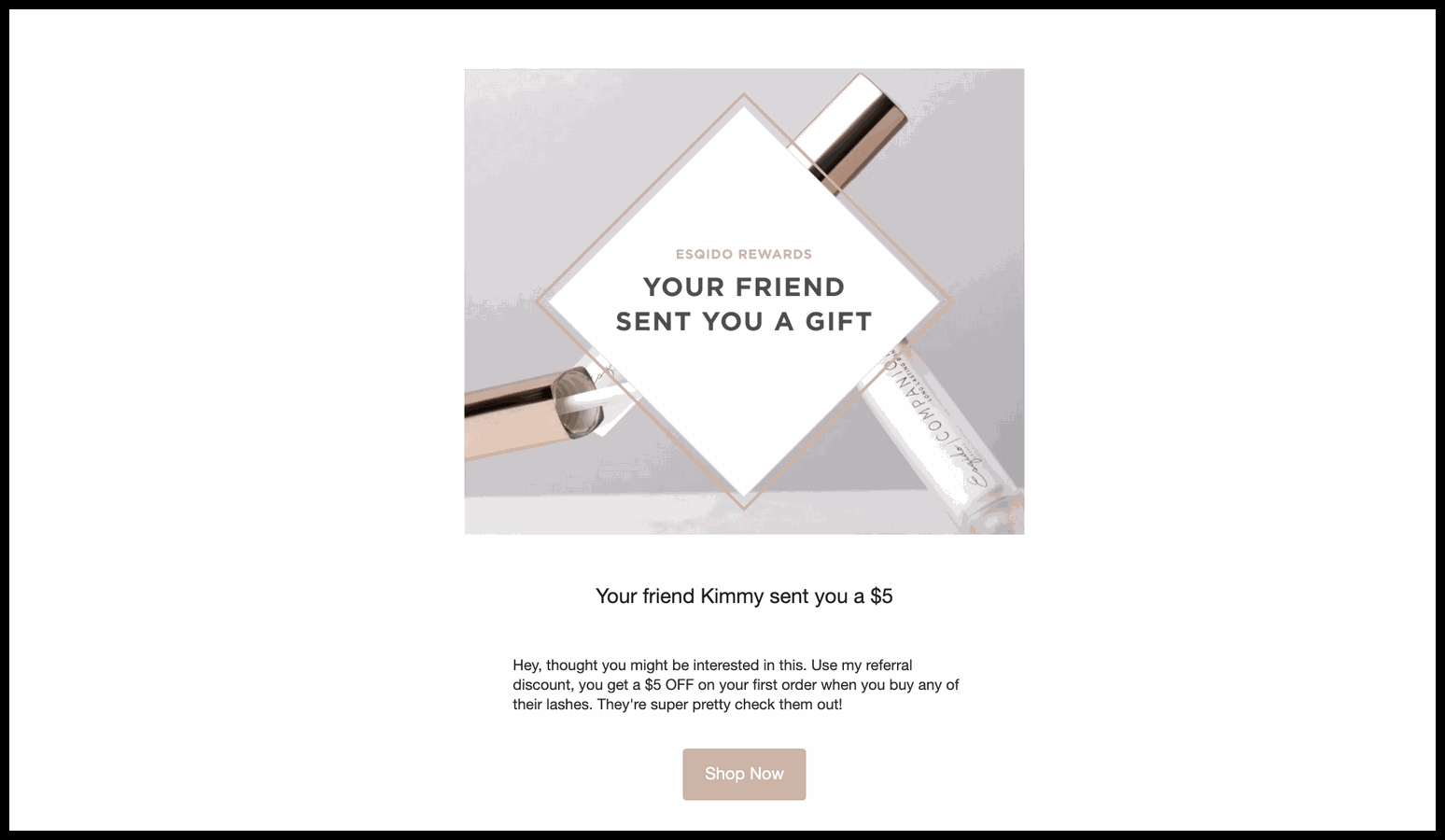
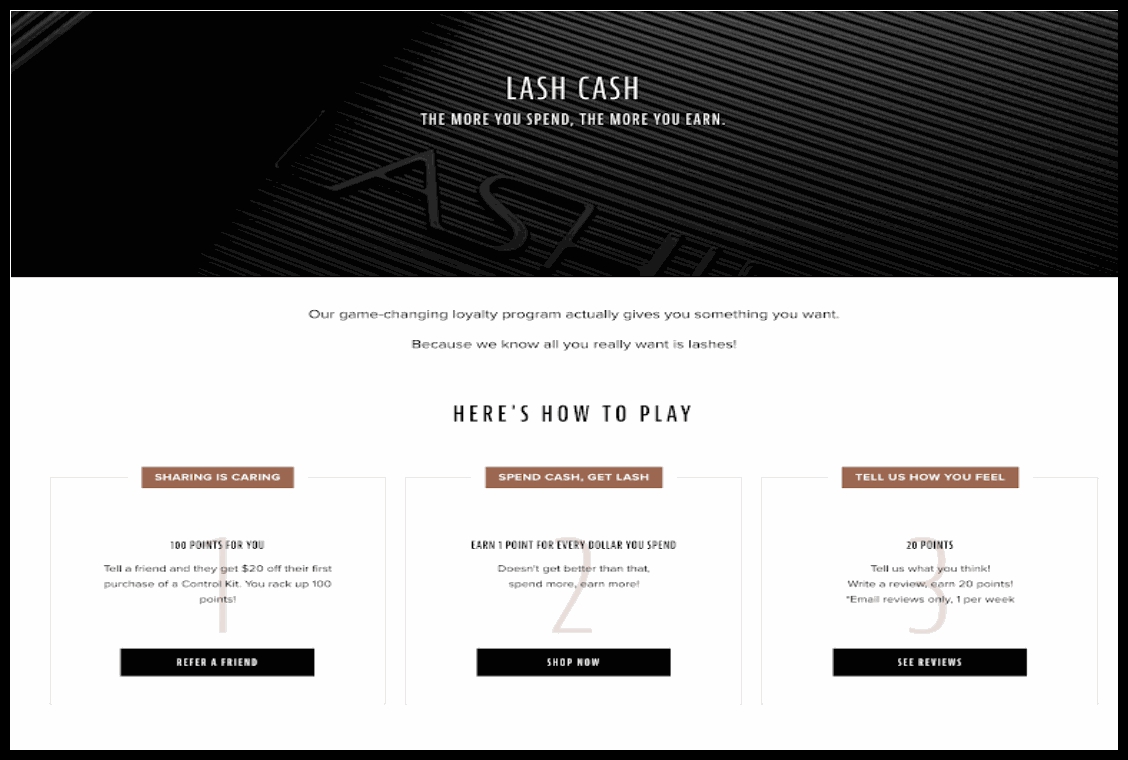
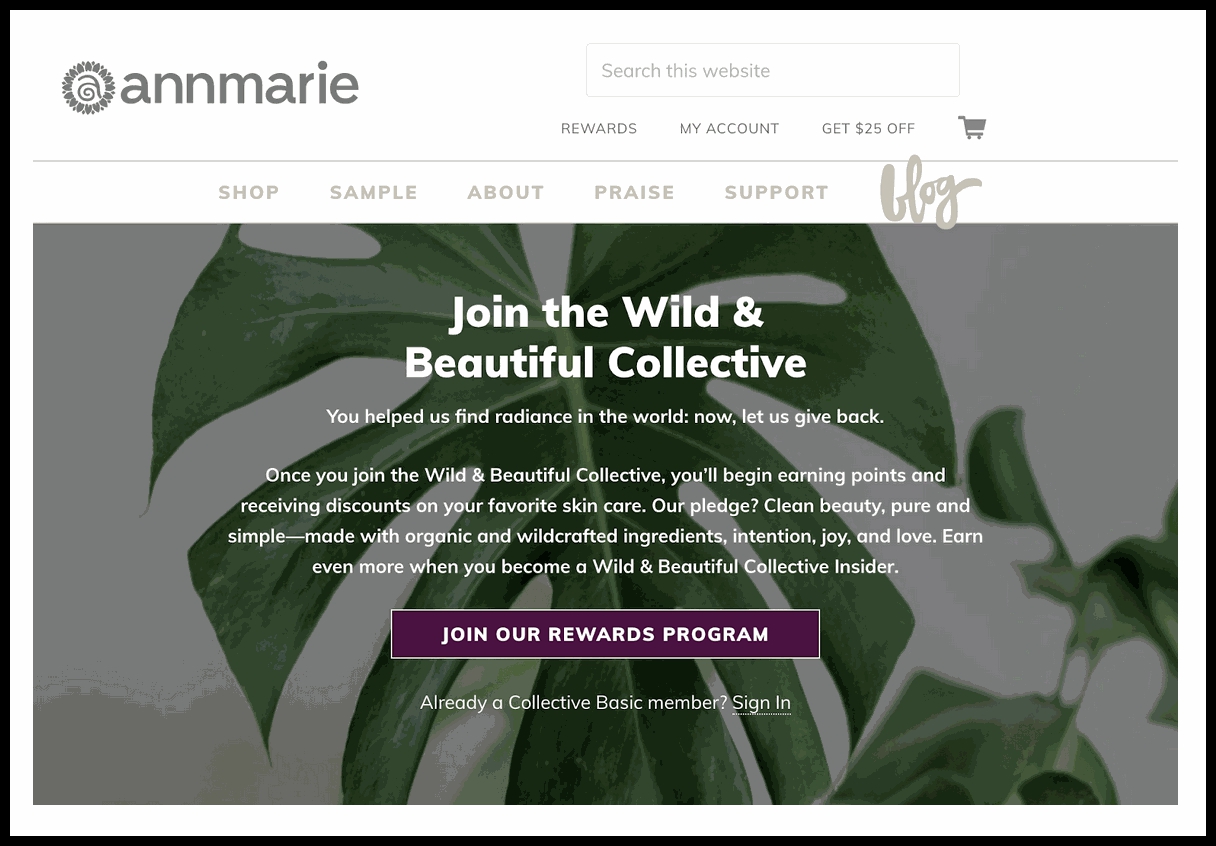
Takeaways
When it comes to ecommerce marketing, you can’t just set and forget. Expectations are always changing and you need to keep things fresh to keep up with your customers. A/B testing in these three key areas, you will learn from the behaviors of your existing customers, so you can better target and provide the best experience for new shoppers. If you want to learn more about how to A/B test your loyalty program notifications, check out more on LoyaltyLion Campaigns. About LoyaltyLion LoyaltyLion is a data-driven loyalty and engagement platform that powers ecommerce growth. A loyalty program is about more than points and rewards. It is about unlocking real insights to increase customer lifetime value. With LoyaltyLion, you can build a better understanding of what drives longer-lasting customer relationships, and use those insights to connect and accelerate your existing marketing efforts. Proven to increase retention and spend, LoyaltyLion is trusted by thousands of fast-growth ecommerce merchants worldwide. About Mollie









